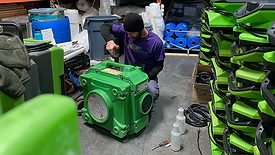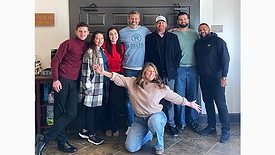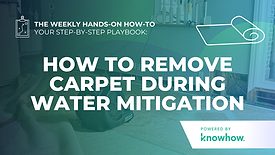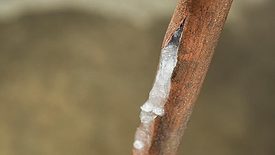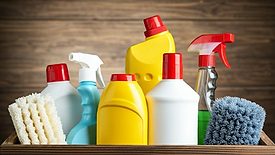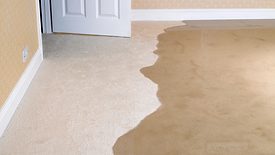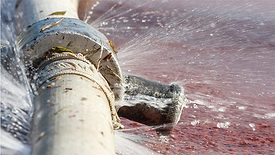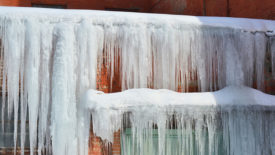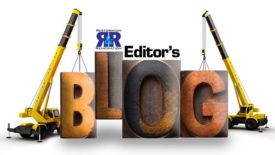Home » Keywords: » restorative drying
Items Tagged with 'restorative drying'
ARTICLES
Uncovering the myths and truths about restoration equipment to help you make informed decisions.
Read More
Reets Drying Academy Celebrates 20 Years of Excellence
Two Decades of Raising the Bar in Restoration Training
Weekly Hands-on How-To powered by KnowHow
How to Remove Carpet During Water Mitigation
A Step-by-Step Guide to Removing Water-Damaged Carpet for Effective Restoration
Read More
How to Protect Your Property from Frozen Pipes This Winter
The Ultimate Guide to Preventing Frozen Pipes and Protecting Your Customer’s Property
Read More
Understanding Water Dynamics in Frozen Pipe Damage
Explore the science behind water expansion and how to mitigate frozen pipe damage
Read More
Weekly Hands-on How-To powered by KnowHow
How to Dry a Home Damaged by Frozen Pipes: A Step-by-Step Guide for Restorers
Read MoreStay ahead of the curve with our eNewsletters.
Get the latest industry updates tailored your way.
JOIN TODAY!Copyright ©2025. All Rights Reserved BNP Media.
Design, CMS, Hosting & Web Development :: ePublishing
